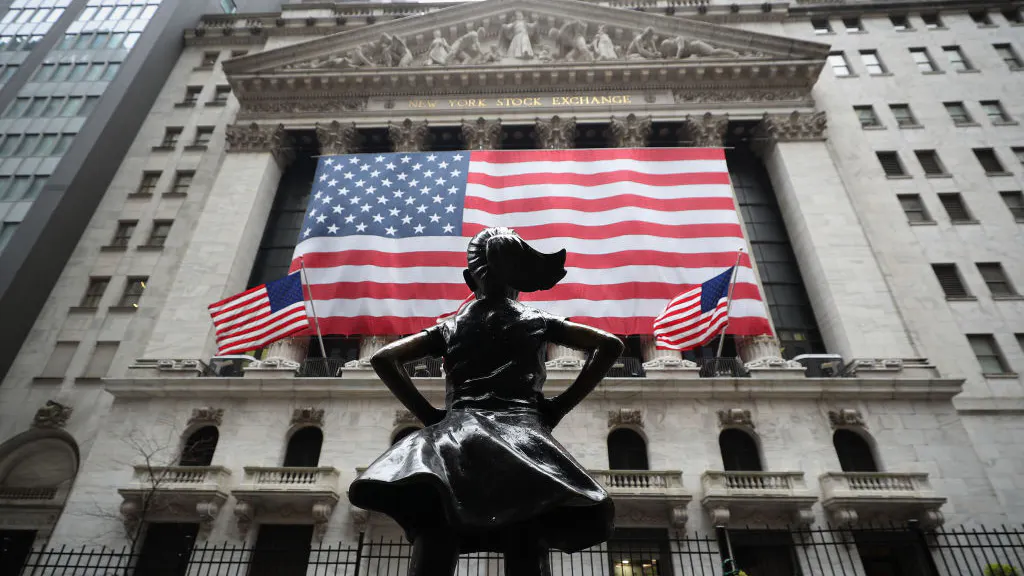Last week, the president of the Federal Reserve Bank of St. Louis presented a truly dire prediction of the economic impact of the mandated mass shutdowns in an attempt to curb the spread of COVID-19. Since, economists at the Fed’s St. Louis district are offering revised numbers that are slightly worse, though they continue to point to a light at the end of the “lockdown” tunnel.
Last Sunday, Federal Reserve Bank of St. Louis President James Bullard predicted that the U.S. would see as high as a 30% unemployment rate at its peak in the second quarter as a result of the economically devastating pandemic, including the “social distancing” measures imposed by an increasing number of states. The gross domestic product (GDP) over the course of the quarter could drop by as much as 50%, Bullard said. But Bullard also offered some hope, predicting “boom quarters” in the fourth quarter of this year and the first of next year. “I would see the third quarter as a transitional quarter,” Bullard said. The next two quarters, he predicted, were likely to be “quite robust.”
More recent projections from the Fed’s St. Louis district predict that the unemployment rate will likely surpass Bullard’s high-end estimate, reaching 32.1% with a total of 47 million jobs lost. The startling figures, CNBC notes, “reflect the high nature of at-risk jobs that ultimately could be lost to a government-induced economic freeze aimed at halting the coronavirus spread.”
In a report for the St. Louis district published last Tuesday, St. Louis Fed economist Miguel Faria-e-Castro explained how the team of economists arrived at the 47 million figure. The economists took the findings of two studies on how many jobs in the U.S. are “high-risk occupations” in terms of being negatively impacted by stringent social-distancing measures. One study found that around 66.8 million people held such jobs while a second study found that 27.3 million people had what the study terms “high contact intensity” jobs, jobs which “require the worker to perform tasks in close physical proximity to other people.”
“These two numbers were obtained by applying different methodologies and classifications to two different datasets. This means that while there may be significant overlap, each measure will also be capturing some aspects that the other ignores,” Faria-e-Castro writes. “For this reason, we simply took the average of those two numbers as a point estimate for the total number of workers who will be laid off during the second quarter. This resulted in 47.05 million people being laid off during this period.”
Faria-e-Castro offers a few “important caveats” to the Fed St. Louis’s findings, including that their assumptions allow for a large fluctuation in the unemployment rate, as low as 10.5% to as high as 40.6%. He also lists the following caveats:
- First, these calculations assume that the labor force is constant and exclude the fact that some recently unemployed workers may be discouraged and not looking for employment (and thus would not count as unemployed).
- Second, many businesses may send workers home with pay instead of laying them off outright.
- Third, these calculations do not account for any potential effects of fiscal measures, such as payroll support measures for small businesses or changes in the generosity of unemployment insurance that may be implemented between now and the end of June.4.
He also stresses, as Bullard did, that the most important question is how long people will be without a job. “[O]ne can argue that the expected duration of unemployment matters more than the unemployment rate itself, especially if the recovery is quick (and so duration is short),” he writes. “These are very large numbers by historical standards, but this is a rather unique shock that is unlike any other experienced by the U.S. economy in the last 100 years.” (Read the full report here.)
Related: Study: Coronavirus Death Rate Lower Than Previously Reported

.png)
.png)

